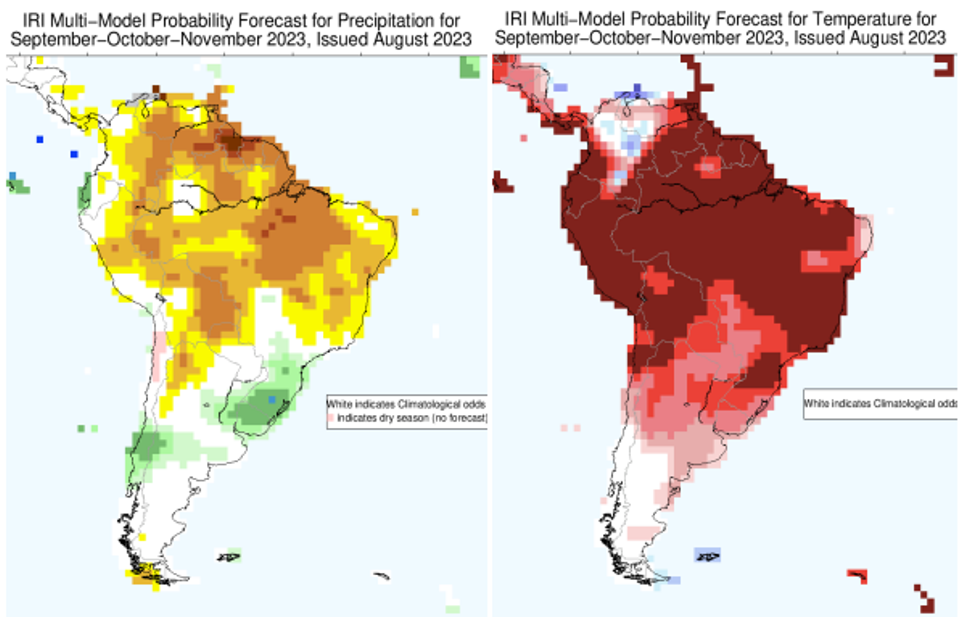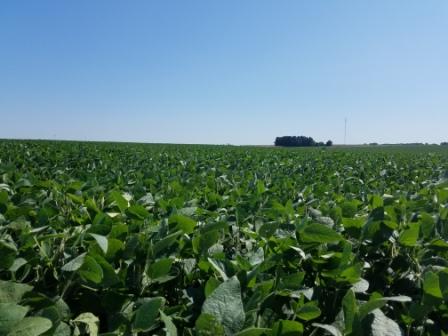The effects of climate change are a good subject for research and speculation. A recent study indicates that Uruguay might very well become suitable for the production of coffee, cashew and avocado by the year 2050.
On PLOS ONE an article was published about the expected global suitability of coffee, cashew and avocado due to climate change.
The article foresees a Shift in Coffee Growing Regions and it states that there’s not enough coffee in the world. In 2023, the world produced 3 percent less than it consumed. Growing consumer demand in Asia exacerbates the deficit, while climate change affects supply. Coffee is susceptible to heat and drought. It needs predictable conditions to thrive, and conditions now are anything but predictable.
Climate change and arabica are incompatible, at least where coffee is currently grown.
Some 50 percent of current coffee-growing land will likely be unsuitable for arabica by 2050. Brazil, Vietnam, Colombia, and Indonesia, four of the biggest coffee nations, are on that list.
On the plus side, locations further from the equator—the U.S. Gulf Coast, China’s Yunnan province, and parts of Uruguay and Argentina—will likely be coffee-friendly by 2050. due to increasing minimum temperatures of the coldest month.
Coffee plants usually take three to four years to produce their first yield, making the crop a gamble at startup, but rising global demand may provide the incentive.
The future suitability models reveal that both positive and negative changes in cashew suitability can be observed. The main regions of positive change are the USA, South America (Brazil, Paraguay, Uruguay, Argentina), East Africa around Lake Victoria, South Africa, Angola, North India, Vietnam, China and Australia.
The climate change scenario models revealed both positive and negative impacts on avocado suitability in different regions by 2050. Positive changes due to increasing minimum temperatures in the coldest month are mainly identified at the northern and southern boundaries of the growing regions in America (the USA, Brazil, Uruguay, Paraguay, Argentina), Africa (Angola, Zambia), Asia (North India, China) and Australia. In sub-Saharan and East Africa (e.g. Burkina Faso, Nigeria, Chad, Ethiopia, Uganda, Kenya) and parts of India, positive changes in suitability are caused by increasing precipitation.
For the potential global growing regions of all three crops, climate requirements were more important limiting factors than land and soil requirements. High annual temperatures, low minimum temperatures, long dry seasons and low or high precipitation were the most relevant climate criteria. However, apart from protected and artificial areas that were rated as unsuitable, low soil pH, steep slopes or unfavourable soil texture were also important limiting factors in some areas.






